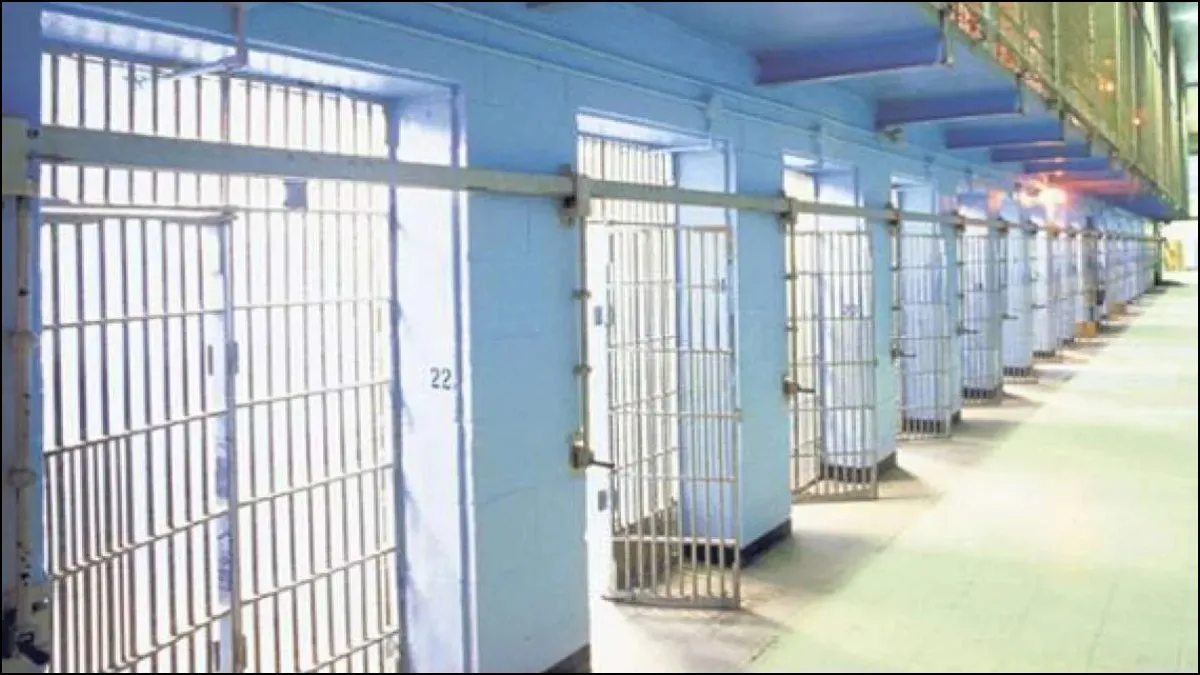Open jails, or open prisons, are designed to provide a more relaxed environment compared to traditional prisons. In these facilities, inmates enjoy greater freedom, such as spending time with family and participating in work activities. This approach contrasts with the stricter conditions found in conventional prisons. Here’s an overview of how they operate:
Recently, the Supreme Court has requested information from states about open jails. According to the National Crime Records Bureau 2022, there are 91 open jails in India. These jails differ from conventional ones in several ways. While some states already have open jails, others are considering establishing them. In open jails, prisoners experience fewer restrictions and greater freedom compared to other types of jails.
What is open jail?
An open jail is a type of correctional facility where prisoners are granted more freedom compared to traditional jails. These facilities focus on rehabilitation rather than strict confinement. Open jails typically house inmates who are considered lower-risk or who have demonstrated good behaviour. Security measures are less stringent compared to high-security facilities. Inmates have more freedom to move around and participate in work or educational programs outside the confines of the jail. Prisoners often engage in various vocational training, educational programs, or work assignments that help them develop skills for life after release.
In West Bengal, the head of the state prison department forms a committee of jail and police officials, which selects the prisoners eligible to be transferred to the open jail. This committee approves their transfer after checking their personal interview and track record. However, prisoners falling under prohibited sections of the law are not included in it. Similarly, according to the Rajasthan Prisoners Open Air Camp Rules 1972, prisoners eligible to be transferred to the open jail have to complete one-third of their sentence.
How much freedom do prisoners have in open jail?
According to the report of Legal Services India, many open jails also allow prisoners to live with their families and earn their livelihood. In open jails in West Bengal, prisoners get complete freedom to roam around, as there is no arrangement for daily lock-up. The doors of the open jail open at 6 am and close at 8 pm. Meanwhile, the prisoners are free to go wherever they want. However, they have to return to the jail by 8 pm.
Prisoners living in open jails are instructed to find employment within 20 km of the jail so that they can return to the jail every night. Apart from this, they are also given parole of 20 days after 6 months. After shifting to open correctional homes, they are given food in open jails for the next three months and after that, the prisoners have to arrange their own food.
- Unlike conventional jails, open jails provide prisoners with significant freedoms. They are often allowed to leave the prison premises for work, education, or family visits. This approach aims to prepare inmates for reintegration into society.
- Inmates in open jails are usually given opportunities to work outside the prison, either in nearby industries, farms, or other institutions. This helps them develop skills and gain experience, which can be beneficial for their post-release life.
- Open jails facilitate more frequent and extended contact with family members. Inmates may be allowed to spend weekends or holidays with their families, fostering better relationships and supporting their emotional well-being.
- The emphasis in open jails is on rehabilitation rather than punishment. The environment is less restrictive, aiming to reform inmates by providing them with a sense of normalcy and responsibility.
- Not all prisoners qualify for open jails. Typically, eligibility is based on the nature of the offense, behavior during imprisonment, and the likelihood of rehabilitation. Those with less severe offenses and a good conduct record are more likely to be considered.
- While the environment is more relaxed, open jails still have security measures in place. These may include monitoring systems, regular checks, and restrictions on the movement of inmates.
History of Open Jail in India
Talking about the history of open jails in India, the first open jail was started in 1905 under the Bombay Presidency. However, this open jail was closed in 1910. Apart from this, the first open jail for women was built in Yerwada, Pune in 2010. At the same time, the first open jail in South India was built in Poojapura, Kerala in 2012. Today there are 91 open jails in India.
Also Read: Union Minister Chirag Paswan's car challaned in Bihar | Here's why

